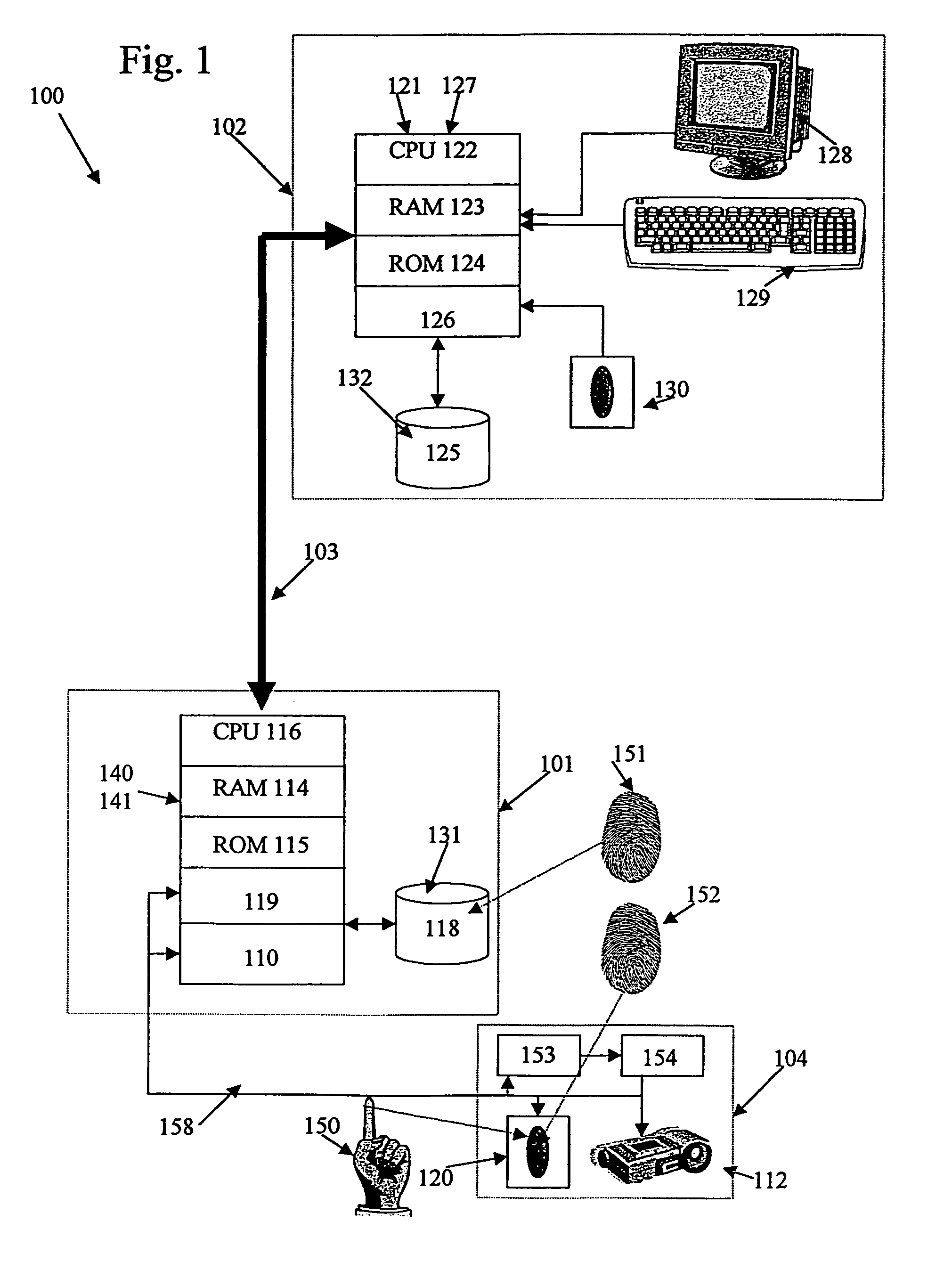In light of the myriad technological advancements that have characterized the previous decade, providing
high security for computer systems and facilities has become a daunting challenge.
The problem is costing insurance companies, and U.S. citizens, billions of dollars each year.
Hackers who have successfully introduced computer viruses through email and other means have cost corporations millions if not billions of dollars in repair costs, lost work product and lost revenue.
Because of this sophisticated criminal environment, many companies, government agencies and individuals alike have begun to view biometric security applications in a far more favorable light, however, biometric identification techniques (recognizing an
individual based on a physiological metric), have yet to be employed either due to their complexity, invasiveness (lengthy recognition delays) or high cost.
When biometric verification is used in a one-to-many mode (comparing one unknown biometric to a database of known
biometrics) such as one might employ in a facility security application,
processing delays caused by the inefficiency of searching the entire database for a match are often unacceptable when the number of users exceeds 20 to 30 individuals.
This makes most biometric applications unsuitable for larger user databases.
Thus, by inputting a PIN, the biometric
algorithm is able to narrow its search within a much larger database to only one individual The
disadvantage to this arrangement is of course the loss of the pure biometric architecture coupled with the inconvenience of having to administer and remember PIN numbers or maintain magnetic cards.
Iris and
retina identification systems, although very accurate, are considered “invasive”, expensive and not practical for applications where limited
computer memory storage is available.
Voice recognition is somewhat
less invasive, however it can require excessive memory storage space for the various voice “templates” and sophisticated recognition algorithms.
All three of these technologies have
processing delays associated with them that make their use in one-to-many verification applications inappropriate.
Face verification systems, although non-invasive with minimal processing delays, tend to be less accurate than the methods described above.
Although this
delay is acceptable for small numbers of users, delays of several seconds can be incurred when the number of users exceeds 20 to 30 individuals.
For example, for an extremely large user database of 2000 individuals and assuming 100 milliseconds
processing delay per individual, a worst-case verification
delay could be more than three minutes.
This
delay would clearly be unacceptable in all but the most tolerant security applications.
One of the major problems that continues to impede the acceptance of biometric verification systems is unacceptable delays associated with one-to-many verification events.
Although effective, combining biometric and non-biometric systems is not desirable for the reasons stated herein above.
Although many inventors have devised myriad approaches attempting to provide inexpensive, minimally invasive, and fast fingerprint verification systems in which fingerprints of human users could be stored, retrieved and compared at some later time to verify that a human user is indeed a properly authorized user, none have succeeded in producing a
system that is practical and desirable for use in security applications requiring one-to-many biometric verification.
Because of these and other significant imitations, commercially viable biometric-based security systems have slow in coming to market.
 Login to View More
Login to View More  Login to View More
Login to View More 


